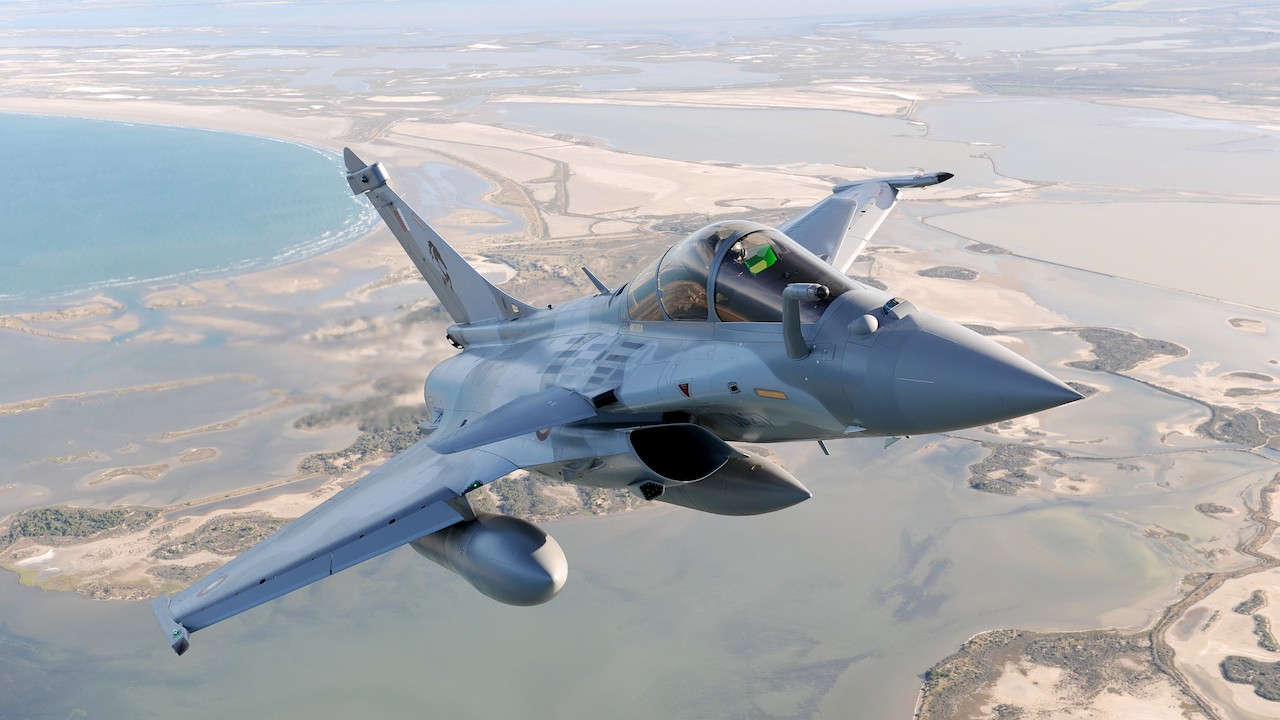Lebanon turns support into attack for the battle against terrorism
Lebanon’s air force has increased its use of helicopters to provide offensive capability and the element of surprise.

Upgraded: The LAF refitted its utility IAR 330SM Puma helicopters to fire 30mm Aden cannons and 68mm SNEB rockets against Islamic State. Picture: LAF.
Lebanon has faced its fair share of problems in recent times. Civil wars and continued external interferences have made it a difficult place in which to operate. Alan Warnes reports.
Over the past 20 years, with the burgeoning threat from Islamic terrorists, the Lebanese Air Force (LAF) has had to rise to the occasion by shifting veteran helicopters from the support role to the offensive.
LAF commander, Major General Ziad Haykal, provided more detail at the virtual Manama Air Power conference in Bahrain, late last year. “We have used helicopters increasingly, over the years, to strike back at the terrorists, not only providing us with an offensive capability but also an element of surprise,” he revealed.
The commander, a helicopter pilot himself, told how LAF Hueys were used to insert special operations troops behind enemy lines, fighting for eight days during what is known as the El-Donniyyi clashes in 2000.
During another confrontation, in 2007, militants from the Al Bared refugee camp seized a Lebanese army base close by, killing 27 soldiers. To hit back, Hueys were loaded with 250kg bombs, and one even dropped a 400kg bomb!
Amazingly, the helicopter was put on two concrete blocks and the big bomb from one of the LAF’s old Mirages was loaded between the skids. It worked well, according to the chief, with the Huey dropping the bomb on insurgents who had earlier taken hostages.
“The challenge was to hit targets on one side of the refugee camp, where their hideout was, without hurting friendly forces who, in some cases, were just 50 metres away. It’s highly unusual to drop unguided [250 and 400lb bombs] but it was a priority and the risks were acceptable,” he said.
In more recent times, the LAF has also converted several of its IAR 330SM Puma utility helicopters into the attack role.
From 2013-17, the Lebanese armed forces faced countless confrontations with Islamic State and its terrorist affiliates along Lebanon’s eastern border with Syria. In one instance, the terrorists captured 14 soldiers and, sadly, executed them.
“The Puma weapons upgrade included two 30mm Aden cannons and two 68mm SNEB rocket launchers. Under the cover of darkness, with the pilots using night vision systems, the helicopters attacked targets illuminated by an armed Cessna 208B Caravan,” the commander revealed.
The LAF’s role to maintain security often finds the helicopters working with soldiers to track down people smuggling narcotics and other banned goods. “These criminals and terrorists hide among the civilian population, so we make avoiding collateral damage a top requirement,” said Haykal.
The Lebanese experience has relied on surprise to make up for the limited capabilities of their available assets. New tactics also saw the LAF’s AC 208 Caravans designate targets for guided copperhead missiles when surgical precision attacks on the enemy were needed.
Against the backdrop of a long-lasting economic crisis, the US has backed Lebanon and its fight against terrorism in recent years. This led to the US Department of Defense funding the LAF’s purchase of six Sierra Nevada/Embraer A-29Bs, along with the training of personnel. The counter-insurgency turboprop aircraft are armed with precision-guided munitions (PGMs) and BAE advanced precision kill weapon systems (APKWS) laser rockets. The first pair were delivered in October 2017 and the remaining six the following May.
Haykal is now looking forward to receiving six MD530F+ light-attack helicopters. “They, too, will be equipped with the APKWS and, in parallel, we have recently established a joint terminal air controller (JTAC) training unit to ensure the proper integration of capabilities to meet the needs of the ground units.” He explained. “The tactics we have developed mean the small helicopters can fire smart weapons suitable for asymmetric warfare against terrorism.”
Stay up to date
Subscribe to the free Times Aerospace newsletter and receive the latest content every week. We'll never share your email address.

